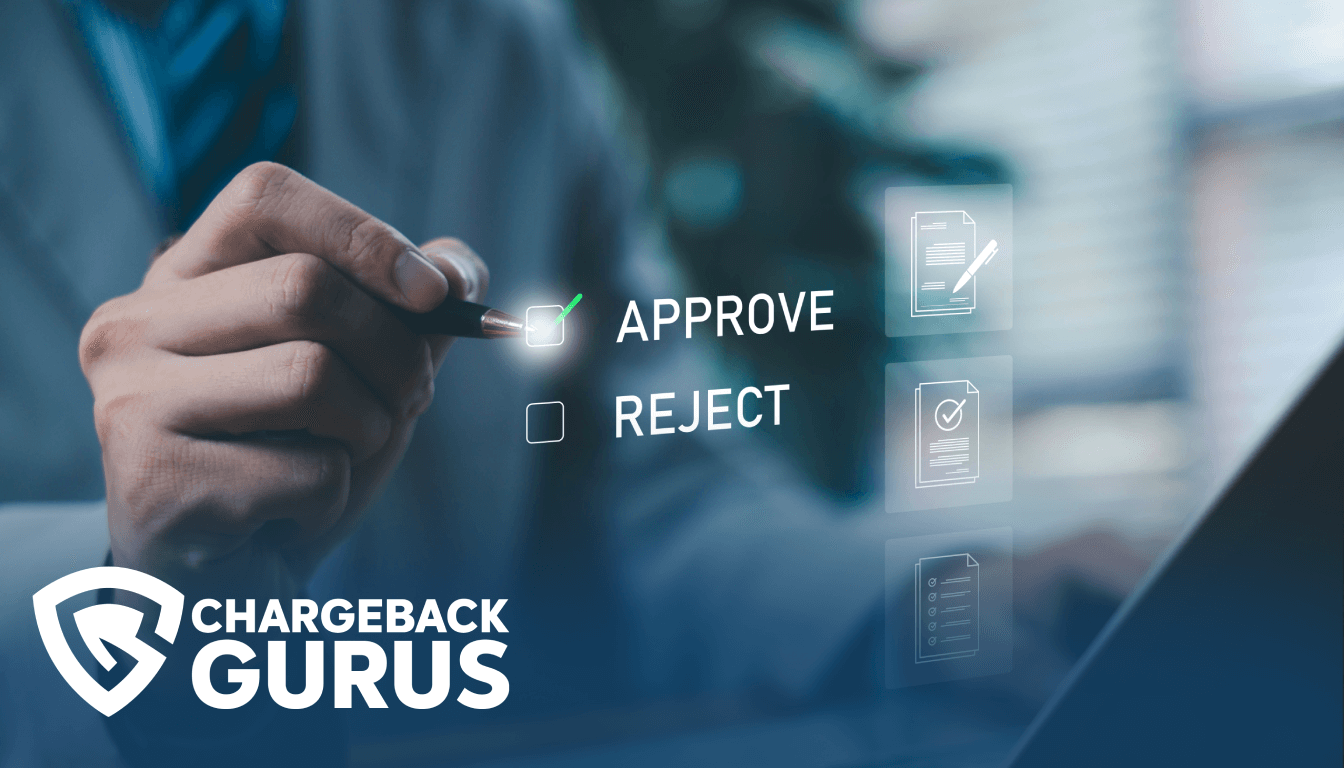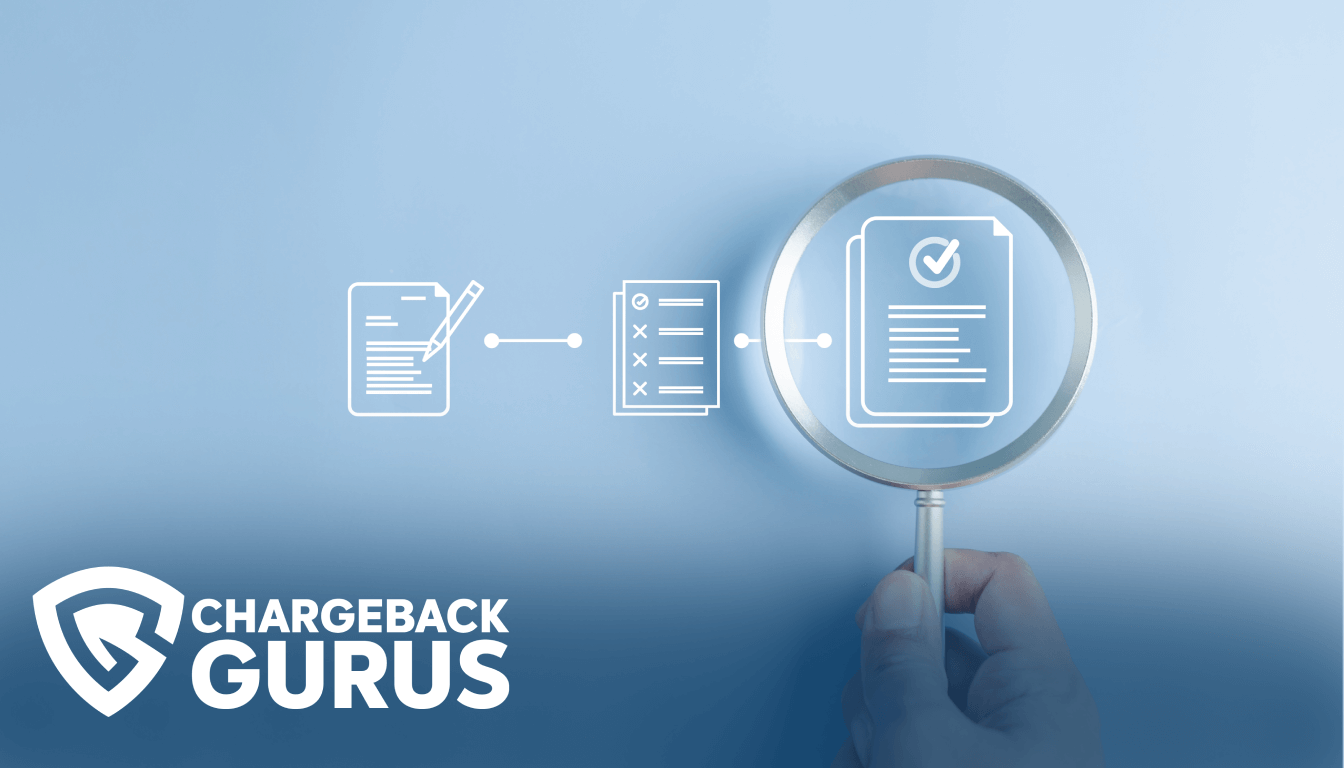Visa Chargeback Reason Code 13.5: Consumer Disputes

Table of Contents
- What is Visa chargeback reason code 13.5?
- What causes code 13.5 chargebacks?
- What's the time limit to respond to code 13.5 chargebacks?
- How can merchants fight code 13.5 chargebacks?
- How can merchants prevent code 13.5 chargebacks?
- About Visa chargeback reason codes
Merchants who receive a chargeback for a transaction placed with a Visa card may encounter reason code 13.5, which indicates a disputed transaction that the cardholder does not believe they should be responsible for paying. The actual underlying cause of this chargeback is usually either friendly fraud or merchant error. Merchants who believe they have received an invalid chargeback under reason code 13.5 may be able to represent the transaction and reverse the chargeback with the right compelling evidence.
What is Visa chargeback reason code 13.5?
Visa chargeback reason code 13.5 falls under the “Consumer Disputes” category. The shorthand description is “Misrepresentation.” This code indicates the cardholder is claiming that the descriptions of the products or services they purchased were vague, inaccurate, or insufficient, and they feel misled.
This chargeback reason code is similar to “Not as Described” chargebacks, but the emphasis here is less on the perceived quality of the goods or services provided, but on the fact that the merchant substantially misrepresented the things they were selling.
Merchant categories that receive a high rate of “Misrepresentation” chargebacks include timeshare resellers, debt consolidators, credit repair companies, foreclosure relief services, and providers of investment products.
Note that this reason code supersedes the merchant’s refund policy.
What causes code 13.5 chargebacks?
When these chargebacks are legitimate, they generally involve merchants who are selling some sort of too-good-to-be-true product or service—investments with huge returns, debt relief that wipes out thousands of dollars in monthly payments and interest charges, miracle cures for chronic health problems, and so on.
When the product or service that the cardholder ultimately receives fails to deliver on these grand promises, the cardholder understandably feels deceived and cheated and can ask their issuing bank for a chargeback on the basis of misrepresentation.
Needless to say, misrepresentation can be all in the eye of the beholder, and it is not uncommon for friendly fraud chargebacks with this reason code attached to be filed against good and honest merchants simply because the cardholder had unreasonable expectations.
What's the time limit to respond to code 13.5 chargebacks?
The acquirer or merchant has 30 days to respond to a chargeback filed under reason code 13.5.
How can merchants fight code 13.5 chargebacks?
Merchants can fight code 13.5 chargebacks by proving that the goods or services purchased were accurately described or that the cardholder has already been refunded.
Your chargeback response should include the following:
- Proof that the dispute is invalid because is based on claims relating to the quality of the goods sold or a cash-back portion of the transaction.
- If you did not misrepresent the goods or services the cardholder purchased, provide documentation that establishes the terms of sale that you and the cardholder agreed to, and explain how you met your obligations to the cardholder.
- If the cardholder is claiming that invested funds are being withheld from them, provide documentation that proves that there are no funds left available for the cardholder to withdraw.
- If you have already processed a refund for the transaction in question, provide documentation that proves you have credited the cardholder’s account.
- If you have resolved the issue directly with the cardholder, provide proof, such as written correspondence, that proves they no longer wish to dispute the charge.
How can merchants prevent code 13.5 chargebacks?
Truth in advertising and realistic claims about what your products and services can do for customers is your best defense against chargebacks under code 13.5.
The following advice can help you avoid this kind of chargeback:
- Provide accurate, complete, and truthful descriptions of the products and services you are selling.
- Communicate your terms of service and sales agreements in clear and concise language, and make this information easy for your customers to find.
- Provide exceptional customer service and promptly acknowledge customers when they make contact.
- If the cardholder contacts you because they are unhappy with the quality of the product or services they purchased, promptly fulfill all valid requests for replacements or refunds.
- Comply fully with all of Visa’s rules for free trials, introductory offers, and upselling.
About Visa chargeback reason codes
Reason codes are alphanumeric codes that provide the justification for granting a chargeback. Pursuant to the Fair Credit Billing Act of 1974, cardholders have the right to dispute unauthorized or erroneous charges, and issuing banks must reverse a disputed transaction if the cardholder’s claim is valid.
When a cardholder contacts their issuing bank to dispute a transaction and receive a chargeback, the dispute is assigned a reason code that most closely matches the substance of the cardholder’s claims. The reason code provides the merchant and other stakeholders in the dispute with a concise explanation for why a chargeback has been granted.
Each card network—Visa, Mastercard, American Express, and Discover—defines and maintains their own unique set of reason codes, which are applied to disputes by the banks that issue credit and debit cards under their brands.
Visa specifies 46 reason codes under the categories of Fraud, Authorization, Point-of-Interaction Error, Consumer Disputes, and Processing Errors. Visa uses a numeric scheme for its chargeback reason codes.
Understanding chargeback reason codes is one of the most essential parts of effective chargeback management. Identifying the chargeback reason code and the evidence required to fight it is the first step in chargeback representment, and analyzing your chargeback reason codes can provide you with insights into what types of disputes are causing you the most trouble. With this information, you can determine the root causes of your chargebacks and take action to prevent them from reoccurring.


